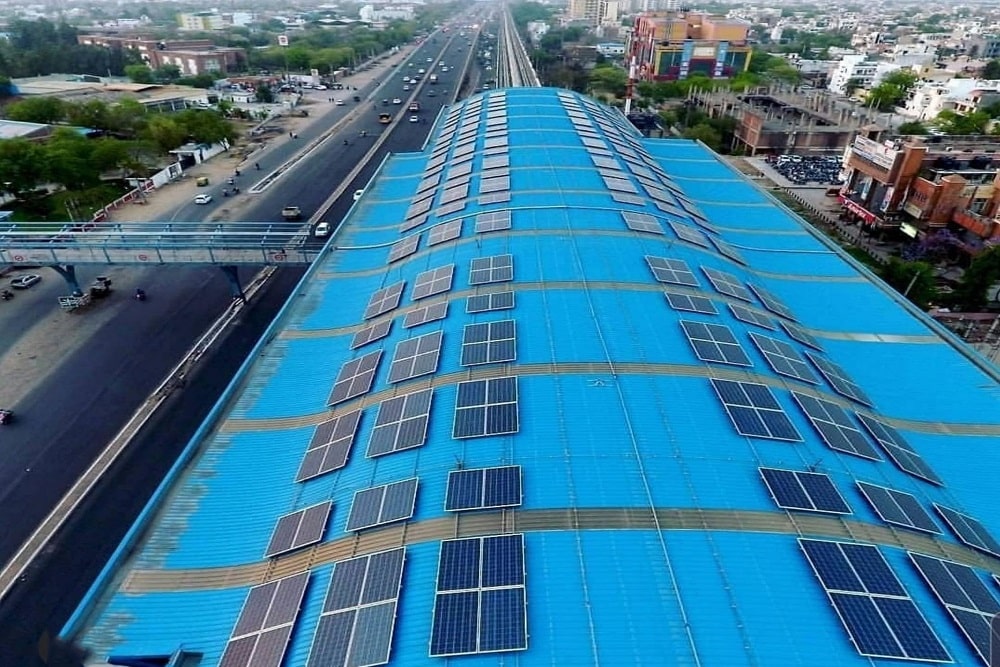Off Grid System

An all-inclusive off-grid solar system has everything required to produce, store, and supply solar energy locally. Off-grid solar systems are sometimes known as “standalone solar power systems” since they run independently of any external power source.
Off-grid solar systems, unlike other kinds of solar configurations, such as the more popular grid-tied solar system, depend on batteries to supply power when the sun isn’t shining.
However, batteries are far more expensive than the solar panels they are used with. Off-grid solar systems are significantly more expensive than grid-tied (on-grid) solar systems since they require a lot of battery storage.
Off-grid solar is appealing to those in areas prone to blackouts primarily for this reason. When you are plugged into the grid, all of your power must come from a third party, the utility company.
Off-grid lowers carbon emissions. Producing your own electricity using renewable resources (solar, wind, and hydro) significantly reduces your carbon footprint because the majority of the electricity provided through the grid is generated by burning fossil fuels.
There’s a good chance there isn’t any grid to connect to when trying to power a structure in a very isolated area, like a hunting cabin deep in the woods. You will probably be informed that you are outside of their coverage region if you contact the utility to request a connection. A more expensive option would be to offer to lay the line connecting you to the grid.
On-grid solar systems seamlessly integrate with the utility grid, offering cost-effective and efficient energy solutions. Without the need for expensive solar batteries, they provide substantial savings through net metering, allowing users to sell excess power back to the grid at retail rates. This, coupled with a swift payback period, makes on-grid systems a financially sound and environmentally friendly choice.
WhatsApp us